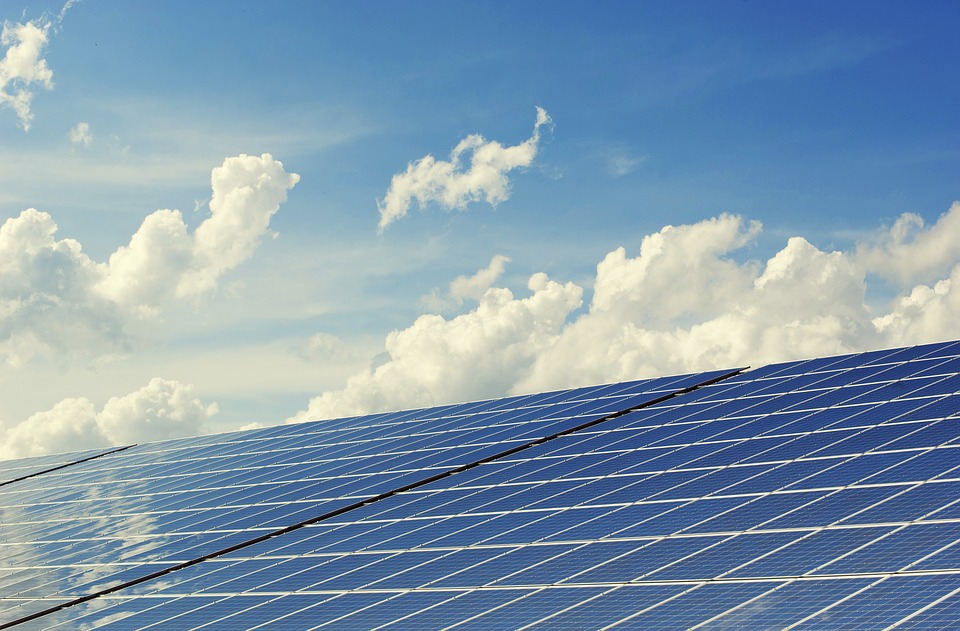The “green transition” to renewable energy is expected to create inflationary pressure over the next decade. And the faster renewables are adopted, the worse this problem is expected to become in the medium term.
 However, according to a new forecast by Swiss Re, a faster transformation now will lower the inflationary cost over the very long term, as the pressures fade and we benefit from mitigating “climateflation” – the inflationary costs of climate change.
However, according to a new forecast by Swiss Re, a faster transformation now will lower the inflationary cost over the very long term, as the pressures fade and we benefit from mitigating “climateflation” – the inflationary costs of climate change.
The European Central Bank recently published its framework for a “new age of energy inflation”, identifying several root causes, including “fossilflation” (the price pressure created by our ingrained dependency on fossil fuels) and “greenflation”, in which prices of inputs for greener infrastructures and production processes, such as metals and minerals, go up due to high demand. Swiss Re’s new report adds “fiscalflation” to this list, whereby government spending on the green transition adds further demand and inflationary pressures.
An example of this is the price of minerals such as nickel, lithium and copper, which are used in the production of green technologies. This new “commodities supercycle” in green energy input minerals is an upside risk to inflation, because supply capacity lags demand. And estimates suggest that meeting the Paris Agreement would result in a quadrupling of mineral requirements for clean energy technologies by 2040.
One recent paper estimates that a 75th percentile flood has an instant +0.38 percentage point effect on headline inflation, while 75th percentile droughts increase headline inflation by +1.36pp.
The company expects headline CPI (Consumer Prices Index) to be around one percentage point higher over the next 10 year average (2022 – 2031) in the US and euro area versus the previous economic cycle (2010 – 2019).
Examples of “climateflation” they point to include the price pressure caused by the disruption and destruction from more severe and frequent weather events, for example, floods and droughts decimating crop yields, driving food inflation higher.
By reducing the climate change-induced increase in natural catastrophes, the green energy transition may bring future inflation lower, they say.
The report concludes that renewable energy adoption will become disinflationary as technology improves and reaches scale, resulting in falling household energy bills in advanced economies by 2030.


